In preparation for Indigenous Terra Madre, 2015, The Rome-based, The Indigenous Partnership (TIP) led by Bah Phrang Roy conducted a community-based cross sectional study of 603 children and 500 mothers among the Khasis to examine the prevalence of undernutrition. This study was done with the technical support from McGill University, Canada and the National Institute of Nutrition, Hyderabad. Despite the area’s rich food biodiversity, the results were alarming: 31% of children were underweight, 57% were stunted, and 10% were wasted. Recognizing this, NESFAS started focusing on School Meals as one important entry point to improve the nutritional status of children. It was initially supported by The Rural Electrification Corporation of India and GIZ, Germany. Working with a few communities, NESFAS started to test a community-led school meals program to address not only malnutrition but also to create a more sustainable and inclusive model of midday meal delivery. The aim was to involve communities directly in planning, cooking, and sourcing food for their children.
The NESFAS Pilot: Where It All Began
Before NESFAS’s intervention,meals typically consisted of rice, dal, and potatoes repeated monotonously with no scope of local green vegetables.
On June 26, 2022, NESFAS began piloting its community-led school meal program in 11 schools across 7 villages, with support from The Indigenous Partnership (TIP), Rome, Italy. These schools included:
● Laitsohpliah RCLP/UP School – 58 students
● Subakalai SSA School – 38 students
● Dewlieh Government LP School – 41 students
● Nongtraw Government LP School – 20 students
● Mawmihthied Government LP School – 42 students
● Daribokgre SSA School – 25 students
● Darechikgre Government LP School – 25 students
● Darechikgre Adhoc UP School – 15 students
In each school, NESFAS worked with communities, teachers, and cooks to transform the way meals were planned, cooked, and served. Meals were redesigned to include five of the ten essential food groups outlined by the FAO, including staples, pulses, vegetables, dairy, and wild edibles. Examples included rice served with omelet and jaud (a local dish), pumpkin stew, and wild edible salads made from plants like jali, along with tomatoes and lemon. NESFAS, with support from GIZ and TIP recruited well known Chefs from North East India to design the meals and train the participating School Meals Chefs. Responding to the suggestions of local communities, NESFAS started introducing locally available wild edibles in the School Meals cuisines with the technical advice of local cooks and Chefs. The response has been very good.
Expanding the Reach
This initiative has also got the international recognition of the International School Meals Coalition. NESFAS was invited to present its model in Rome in October 2024, and this exposure impressed the Indigenous Peoples Assistance Facility (IPAF-IFAD), which funded the expansion to five more schools. These additional schools included:
● Plasha Presbyterian LP School
● Umwang Nongbah RCLP School
● Mawstep Presbyterian LP School
● St. Anthony’s RCLP School
● Laitlyndop RCLP SSA LP/UP School
In total, 221 parents and community members actively participated by contributing vegetables, helping in school gardens, and assisting with cooking.
Community Involvement at Its Core
What makes NESFAS’s intervention stand out is its deep integration with the community. Local procurement committees, composed of Agroecology Learning Circle (ALC) members and farmers, were formed to supply vegetables and wild edibles. These groups ensured that all ingredients were sourced locally and were seasonally appropriate.
The Dorbar Shnong (village council) played a central role in mobilizing the community and overseeing the implementation. Teachers and cooks received training on nutrition using the FAO’s food group guidelines. Seeing the active participation of the communities, NESFAS also came forward by supporting basic requirements like kitchen tools, seeds for school gardens, and utensils were also provided.
Training and Government Support
Taking this forward, in August 2024, NESFAS entered into an MOU with the Director of School Education and Literacy now called PM Poshan to train Midday meal cooks to diversify school menus and incorporate locally available food sources using FAO’s 10 food group concept. Through this collaboration, around 7159 cooks were trained on nutrition and local food systems. Also cooking competitions were organized to ensure that both cooks and teachers were actively involved in planning menus and preparing meals.
Nutrition on the Plate
Unlike neighbouring schools where students still receive basic meals of rice and dal (sometimes supplemented with soya or potato), the pilot schools now serve meals that are balanced, diverse, and rich in both nutrients and flavour. Wild edibles have become a staple component of the school menu. Importantly, meals are now served regularly throughout the week.
The contrast between the NESFAS supported schools and others is stark. Children in the pilot schools enjoy colourful, tasty, and healthy meals that contribute to better physical and cognitive development.
Building Local Economies Through Food
Beyond improving student nutrition, the community-led school meal model has strengthened local village economies. A local procurement model ensures that food ingredients especially vegetables are sourced from farmers within the same village. This eliminates transport costs and ensures freshness. Farmers, many of whom are parents of the students, are assured of a steady market and regular income.
The circular economy created by this model means that money stays within the village and is reinvested in education. It also makes communities more resilient by reducing dependence on external markets and increasing food sovereignty.
Lasting Impact
Today, the school meal program in NESFAS supported schools is a model of what midday meals can be nourishing, community-led, and sustainable. The involvement of farmers, parents, teachers, and village authorities ensures long-term ownership and sustainability.
Importantly, the model is scalable. However, before scaling up the pilot initiative, NESFAS and TIP are working together to develop a monitoring system to ensure there is no unsustainable use of wild edibles. The micro nutrient composition of the wild edibles will also be analysed to co-create tasty and nutritious school meals based on community knowledge and contemporary science. The local procurement approach of the wild edibles will also follow an inter village marketing rather than a typical linear value chain approach. With assured government funds for the PM Poshan scheme, this locally driven approach can be replicated in other schools and districts. It also aligns with broader goals of biodiversity conservation, nutrition security, and economic self-reliance.
The recent news published in The Shillong Times on April 12, 2025 has served as a wake-up call, but it also points toward the possibility of meaningful community-led reform. NESFAS has shown that change is possible when communities are empowered, children are prioritized, and systems are built on trust and cooperation.
Conclusion
In a region where systemic failures in the midday meal program have long gone unaddressed, NESFAS has lit a path forward. Its community-led school meals model provides not just food but also dignity, empowerment, and resilience to rural communities in Meghalaya.
By demonstrating that it is possible to serve healthy, diverse, and locally sourced meals through a model that uplifts the community, NESFAS has made a strong case for reimagining public food programs not just in Meghalaya, but across North East India.

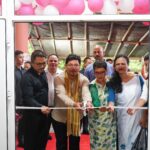
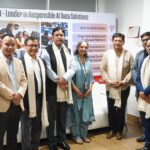

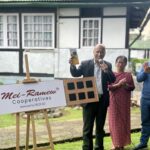

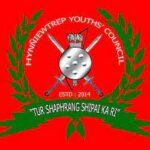


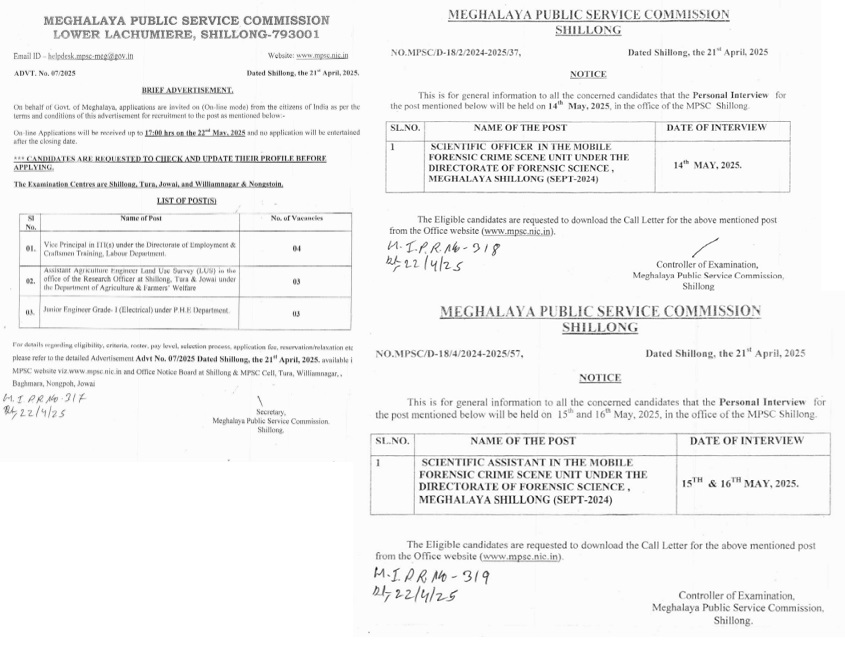
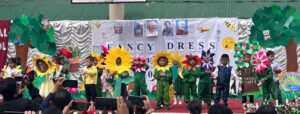
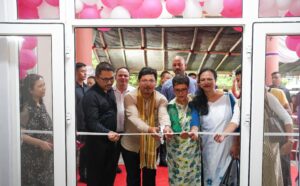
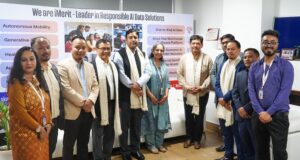
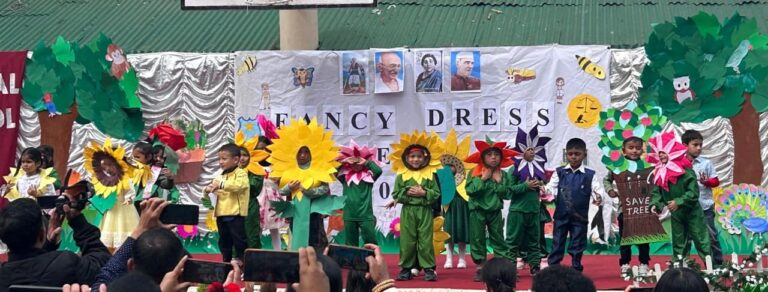
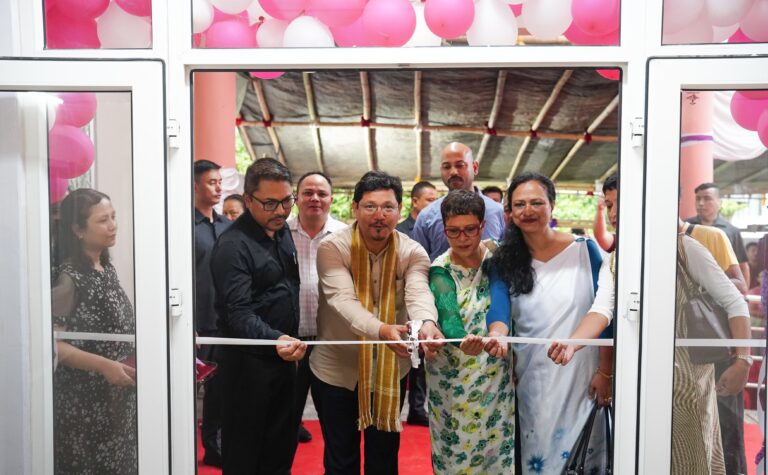
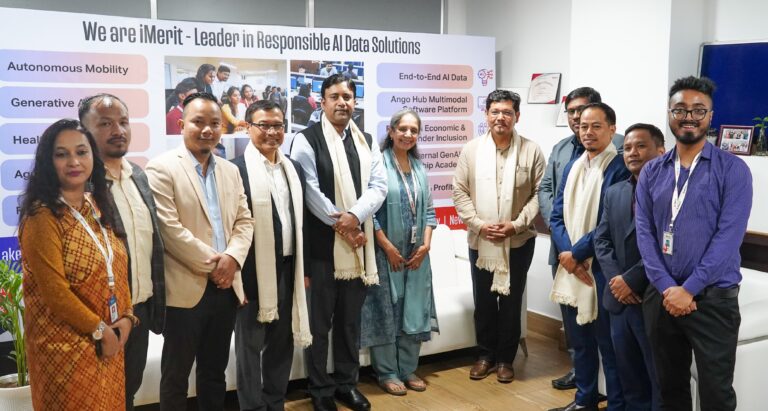
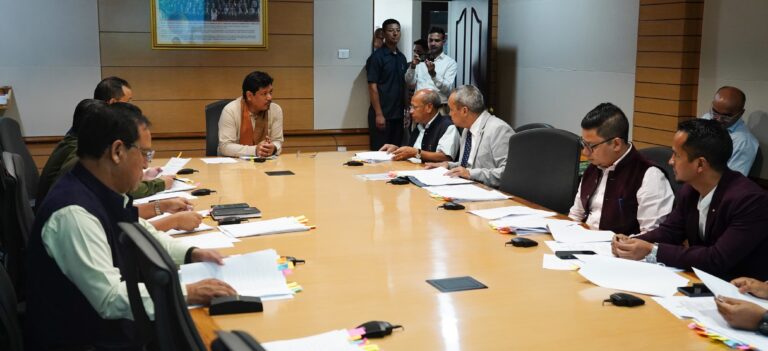
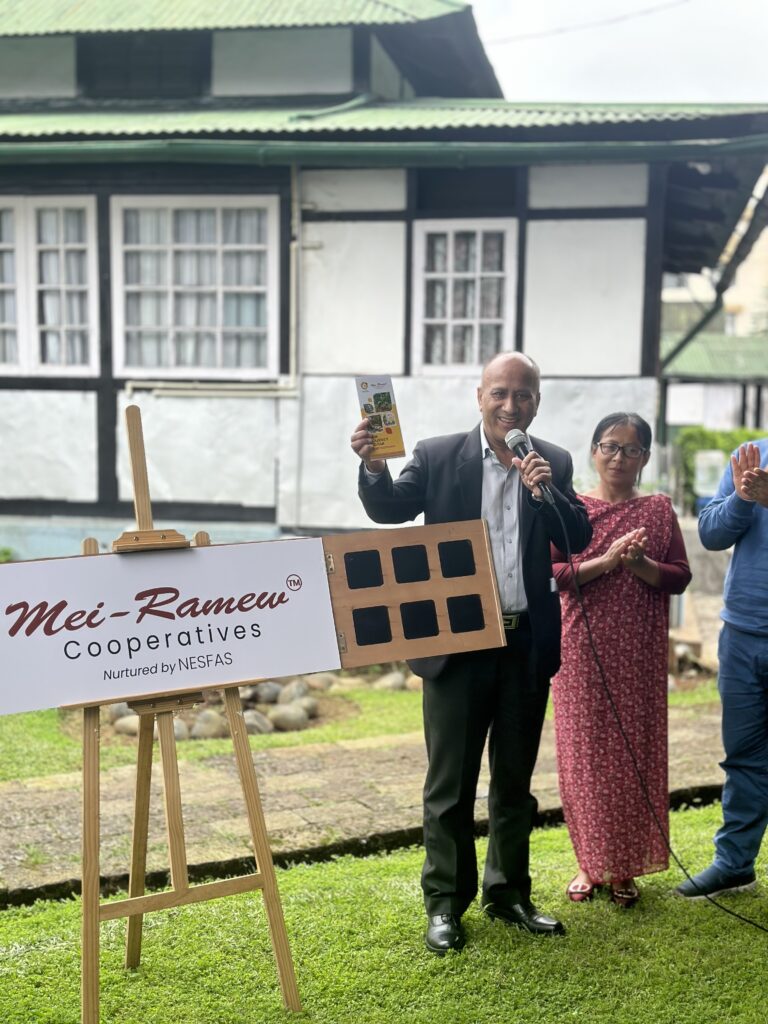
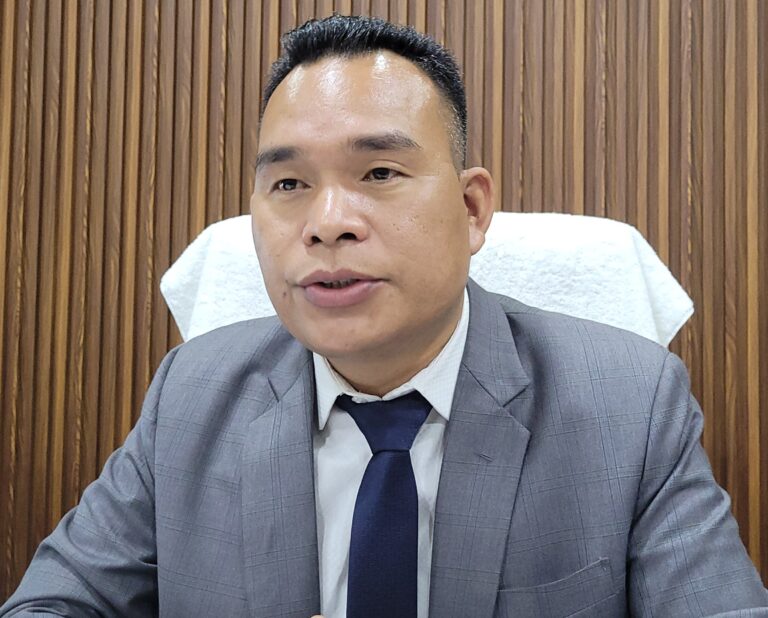
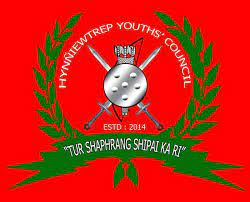


+ There are no comments
Add yours